Chemrey Monastery : Ladakh’s Tranquil Sanctuary
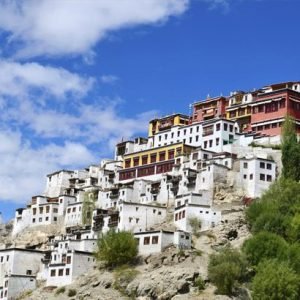

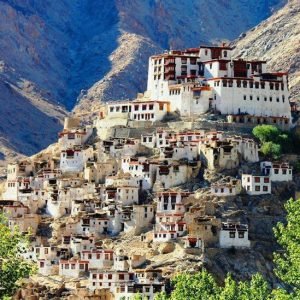

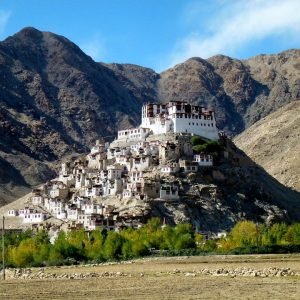
Table of Contents
ToggleLadakh, the mystical land nestled between the Himalayan and Karakoram mountain ranges, is home to a wealth of cultural and historical landmarks. One of the most revered spiritual sites in Ladakh is Chemrey Monastery, which stands as a beacon of Buddhist teachings and architectural grandeur. Chemrey Monastery, a hidden gem tucked away in the rugged landscapes of Ladakh, offers an insight into the spiritual and historical fabric of the region.
We have devised a detailed blog that explains the history, significance, architecture, and experiences connected with Chemrey Monastery, along with practical tips for travelers who would like to explore this sacred site.
Introduction to Chemrey Monastery
Chemrey Monastery is one of the most important Tibetan Buddhist monasteries in Ladakh. Situated about 40 kilometers east of Leh, this monastery sits atop a hill, affording an extraordinary view of the villages around it and the bleak, but beautiful landscape. It belongs to the Drukpa Kagyu sect of Tibetan Buddhism and acts as a spiritual centre for monks and devotees who visit this place to practice meditation and study the Buddhist teachings.
Chemrey Monastery is a place of worship, but at the same time, it symbolizes Ladakh’s deep connection to Tibetan Buddhism. It has a unique place in the hearts of Ladakhi people and the world visitors who seek refuge in the peacefulness of this sacred place.
History of Chemrey Monastery
Chemrey Monastery originates from the 17th century. It was built by Lama Tagsang Raspa, one of the prominent lamas from Tibet. This lama was a direct disciple of Ngawang Namgyal, the great founder of Drukpa Kagyud sect. This monastery is built as a retreat center and as a place for the glorification of Buddha’s teachings with meditation, prayer, and study of Buddhist scriptures.
Throughout the years, Chemrey Monastery has served as the most important centre for teaching the Buddhist teachings within this area. It has passed through many difficulties in harsh climatic conditions, but the spirituality of the monastery never became weakened. The monastery is designed with traditional elements of Tibetan Buddhism to withstand the strong conditions and provide a quiet, serene space for the religious life of the monks.
Architecture of Chemrey Monastery
Chemrey Monastery represents a beautiful example of Tibetan Buddhist architecture. It stands atop a hill, thus giving one the view of the great valley and mountain. The monastery was built of stone and mud to ensure a perfect harmony between nature and this man-made construction that gives serenity for meditation.
Some architectural key features of Chemrey Monastery include:
Main Prayer Hall (Dukhang): The prayer hall is, in fact, the nucleus of the monastery where people perform daily prayers, various rituals, and ceremonies. This prayer hall has large murals on the walls, decorating the life of Buddha and different forms of Bodhisattvas. It also has multiple large statues of important Buddhist leaders, including Padmasambhava, or Guru Rinpoche, who is most revered in Tibetan Buddhism.
Chorten (Stupa): The monastery features a very significant structure, the Chorten, which is a Tibetan-style stupa symbolizing the Buddha’s teachings. Monks and devotees use the Chorten for meditation and circumambulation.
Meditation Rooms: There are several meditation rooms in the monastery where monks retire to practice silence and meditation. These rooms are located in quiet, secluded corners of the monastery, ensuring a peaceful and distraction-free environment for deep spiritual practice.
Monastic Buildings: The monastery complex houses the living quarters of the monks, where they engage in daily religious activities, study Buddhist texts, and offer prayers. The buildings are typically made with local materials, ensuring they blend with the natural surroundings.
Courtyard: The monastery’s courtyard is where the monks and visitors come to gather. This is also where most of the monastery’s public ceremonies, festivals, and events take place. The courtyard gives a view of the bare Ladakhi landscape.
Chemrey Monastery reflects the simplicity believed by Tibetan Buddhists to exist in spiritual serenity. The serene atmosphere of the monastery, coupled with its natural surroundings, presents a perfect setting for spiritual contemplation and self-improvement.
Spiritual Significance of Chemrey Monastery
Chemrey Monastery has a very important role in the preservation of the spiritual heritage of Ladakh. It is one of the most important Buddhist monasteries in the region and acts as a center for learning, meditation, and monastic life. The monastery has a large number of monks who spend their lives studying Buddhist philosophy, performing rituals, and guiding laypeople on their paths to enlightenment.
Chemrey Monastery is also an important destination for the pilgrims and tourists visiting to experience the spiritual feel of Ladakh. The peaceful abode offered by the monastery helps people disconnect from the modern world, and thus visitors can again get connected to their inner selves through meditation and contemplation.
Chemrey Monastery Festivals and Rituals
Ladakh is famous for its vibrant festivals, and Chemrey Monastery is not an exception. The monastery hosts various traditional Ladakhi and Buddhist festivals throughout the year. The most important of them is the Chemrey Angchok Festival. This festival falls in November or December, and it is one of the major festivals that attracts crowds from Ladakh to the entire region.
Chemrey Angchok Festival is a celebration of the Tibetan Buddhist calendar and is characterized by traditional rituals, music, dances, and performances. One of the highlights of the festival was the Cham Dance, a traditional Tibetan masked dance performed by the monks to ward off evil spirits and bring blessings to the region.
During the festival, visitors to this monastery enjoy all the colorful performances and rituals in the rich cultural and spiritual traditions of Ladakh.
Travel Guide for the Visit of Chemrey Monastery
For those planning to visit Chemrey Monastery, there are certain aspects which have to be taken care of for a more enjoyable journey with meaning.
How to Reach Chemrey Monastery
Chemrey Monastery is situated roughly 40 kilometers from Leh town, the capital of Ladakh. The most straightforward way to get to the Chemrey Monastery is via road. One can hire a taxi or self-drive a car from Leh to go to Chemrey Monastery. The journey would take close to 1 to 1.5 hours in total, and the stunning drive through the rugged landscape of Ladakh only adds more beauty to the experience.
For adventure lovers, it is also accessible on foot by a trekking trail that gives a more connected experience with the land and the monastery itself. The trek is relatively moderate, and travelers get to experience the breathtaking views of Ladakh in a much more intimate way.
Best Time to Visit Chemrey Monastery
The best time to visit Chemrey Monastery is during the summer months from May to September when the weather is pleasant and the roads are accessible. Ladakh winters can be very harsh as temperatures drop well below freezing, which makes travel difficult during the winter months.
However, if you are interested in attending the Chemrey Angchok Festival, then you should come to Ladakh in November or December. The festival, in fact, is not bad because of the colder climate as it offers a unique experience related to culture and spirit.
Things to Do at Chemrey Monastery
Meditation and Prayer: Quiet time in the monastery’s prayer hall or meditation rooms with silent contemplation or even attending the monks in their daily prayers. The peacefulness and spirituality that envelop the monastery provide the best context for reflection.
Photography: The wonderful architecture of the monastery, plus the breathtaking Ladakhi landscape, makes Chemrey Monastery a photographer’s paradise. Take the beauty of the monastery and the surrounding region, but do not forget to be respectful of the spiritual nature of the site.
Chemrey Angchok Festival: Attend the performance of the traditional Cham Dance, which is an even rarer sight and gives another impression of the deep richness that belongs to this land of Buddhist heritage of Ladakh.
Look into the surrounding villages: With a visit to Chemrey Monastery, spend sometime exploring the nearby villages interacting with the locals. Ladakh would be an interesting experience owing to its rich culture, hence and warm hospitality.
Where to Stay Near Chemrey Monastery
Although no guesthouse or hotel lies immediately around Chemrey Monastery, tourists can find stays at Leh, which lies some short drive from there. Accommodation at Leh includes wide variety and budgets starting from very low in the budget guesthouses, mid-range hotels to luxury resorts. Here are a few of them at Leh:
Hotel Lala’s
The Grand Dragon Ladakh
Shanti Guest House
Zanskar Guest House
It is advisable to book your accommodation in advance, especially during the peak tourist season (May to September).
Conclusion: Why Chemrey Monastery Should Be on Your Travel List
Chemrey Monastery is more than just a religious site; it is a symbol of Ladakh’s spiritual heritage and cultural richness. Whether you are seeking spiritual enlightenment, cultural immersion, or simply a tranquil escape in the Himalayas, Chemrey Monastery offers a unique experience.
From its rich history and awe-inspiring architecture to its serene atmosphere and vibrant festivals, Chemrey Monastery is a must-visit destination for anyone traveling to Ladakh. It is a place where you can connect with the deeper aspects of life and gain a profound appreciation for the teachings of Buddhism.
So, pack your bags and embark on a journey to explore the spiritual heart of Ladakh at Chemrey Monastery!
FAQ's
1. Where is Chemrey Monastery located?
Chemrey Monastery is located about 40 kilometers east of Leh, the main town in Ladakh, India. It is perched on a hilltop, offering stunning views of the surrounding landscapes.
2. What is the significance of Chemrey Monastery?
Chemrey Monastery holds great religious significance for Tibetan Buddhists, as it is part of the Drukpa Kagyu sect. It serves as a spiritual hub for monks and pilgrims and is an important site for meditation and Buddhist teachings.
3. Who founded Chemrey Monastery?
Chemrey Monastery was founded in the 17th century by Lama Tagsang Raspa, a disciple of Ngawang Namgyal, who was an important figure in Tibetan Buddhism.
4. What is the best time to visit Chemrey Monastery?
The best time to visit Chemrey Monastery is between May and September, when the weather is pleasant and the roads are accessible. If you want to attend the Chemrey Angchok Festival, visit in November or December.
5. How do I reach Chemrey Monastery?
Chemrey Monastery is accessible by road from Leh. You can hire a taxi or rent a car to travel the 40 kilometers. Adventurous travelers can also trek to the monastery.
6. What is the Chemrey Angchok Festival?
The Chemrey Angchok Festival is a major cultural event held annually at Chemrey Monastery. It features traditional Tibetan rituals, dance performances like Cham Dance, and prayers to bring blessings to the region.
7. Can I stay near Chemrey Monastery?
While there are no accommodations near the monastery itself, visitors can stay in Leh, which offers a range of guesthouses, hotels, and resorts.
8. What is the architecture of Chemrey Monastery like?
Chemrey Monastery’s architecture includes traditional Tibetan elements such as a prayer hall (Dukhang), chorten (stupa), meditation rooms, and monastic buildings, all designed to blend with the natural environment.
9. What are the rituals at Chemrey Monastery?
Monks at Chemrey Monastery engage in daily prayers, rituals, and meditation. The monastery also hosts large-scale ceremonies and Buddhist festivals, such as the Chemrey Angchok Festival.
10. Is Chemrey Monastery open to tourists?
Yes, Chemrey Monastery is open to tourists year-round. Visitors are welcome to explore the monastery, attend prayers, and learn about Tibetan Buddhist culture.
11. What should I wear when visiting Chemrey Monastery?
When visiting Chemrey Monastery, dress modestly. It’s advisable to wear comfortable clothing and avoid wearing hats, shorts, or sleeveless tops. Respect the sacredness of the site.
12. Are there any trekking routes to Chemrey Monastery?
Yes, there are trekking routes leading to Chemrey Monastery. The trek offers scenic views of Ladakh’s landscapes, making it a popular choice for adventure enthusiasts.
13. Is photography allowed at Chemrey Monastery?
Photography is generally allowed in outdoor areas of Chemrey Monastery, but it is important to seek permission before taking photos inside the prayer hall or during ceremonies, as these are sacred spaces.
14. What can I learn at Chemrey Monastery?
At Chemrey Monastery, visitors can learn about Tibetan Buddhist philosophy, meditation practices, and the life of monks. You can also observe Buddhist rituals and ceremonies.
15. Can I attend prayers at Chemrey Monastery?
Yes, visitors can attend prayers at Chemrey Monastery. You can observe or join the monks during their daily prayer sessions in the main prayer hall.
16. What is the Cham Dance at Chemrey Monastery?
The Cham Dance is a traditional Tibetan dance performed by monks during religious festivals like the Chemrey Angchok Festival. The dance involves intricate movements and symbolic masks.
17. What is a chorten in Tibetan Buddhism?
A chorten is a Tibetan stupa, symbolizing the teachings of the Buddha. It is often found in monasteries like Chemrey and is used for meditation and circumambulation.
18. Are there any special rituals during the Chemrey Angchok Festival?
Yes, during the Chemrey Angchok Festival, there are various special rituals, including chanting, prayers, offerings, and the performance of Cham Dance to ward off evil spirits.
19. What is the significance of Guru Rinpoche at Chemrey Monastery?
Guru Rinpoche, also known as Padmasambhava, is highly revered in Tibetan Buddhism. Chemrey Monastery houses a statue of Guru Rinpoche, who is believed to have played a crucial role in spreading Buddhism to Tibet.
20. What type of Buddhist sect does Chemrey Monastery belong to?
Chemrey Monastery belongs to the Drukpa Kagyu sect of Tibetan Buddhism, one of the major schools of Tibetan Buddhist thought and practice.
21. Can I buy souvenirs at Chemrey Monastery?
Yes, you can buy small Buddhist souvenirs like prayer flags, malas, and statues from local shops near the monastery or Leh market.
22. Are there any guided tours available at Chemrey Monastery?
Guided tours are available for visitors interested in learning about the history, rituals, and architecture of Chemrey Monastery. You can hire a local guide in Leh.
23. Is it safe to visit Chemrey Monastery?
Yes, Chemrey Monastery is a safe destination for tourists. However, as it is located in a remote area, it is recommended to travel with a local guide and carry essentials like water and snacks.
24. Can I meditate at Chemrey Monastery?
Yes, Chemrey Monastery is a peaceful place for meditation. You can spend time in designated meditation rooms or join the monks during their sessions if you are interested in Tibetan Buddhist meditation practices.
25. What are the nearby attractions to Chemrey Monastery?
Nearby attractions include Thiksey Monastery, Hemis Monastery, Pangong Lake, and the Leh Palace. Leh itself is rich in historical and cultural landmarks that complement a visit to Chemrey Monastery.
How to book Tours for Ladakh with Charzan Holidays?
For a seamless and exceptional booking experience, contact Charzan Holidays at reservations@charzan.in or call us at +919622224473






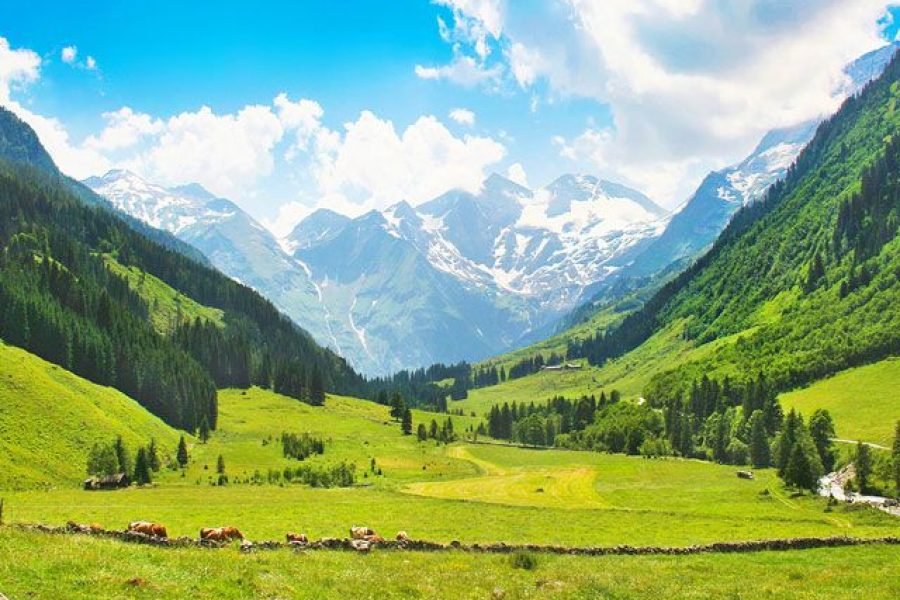
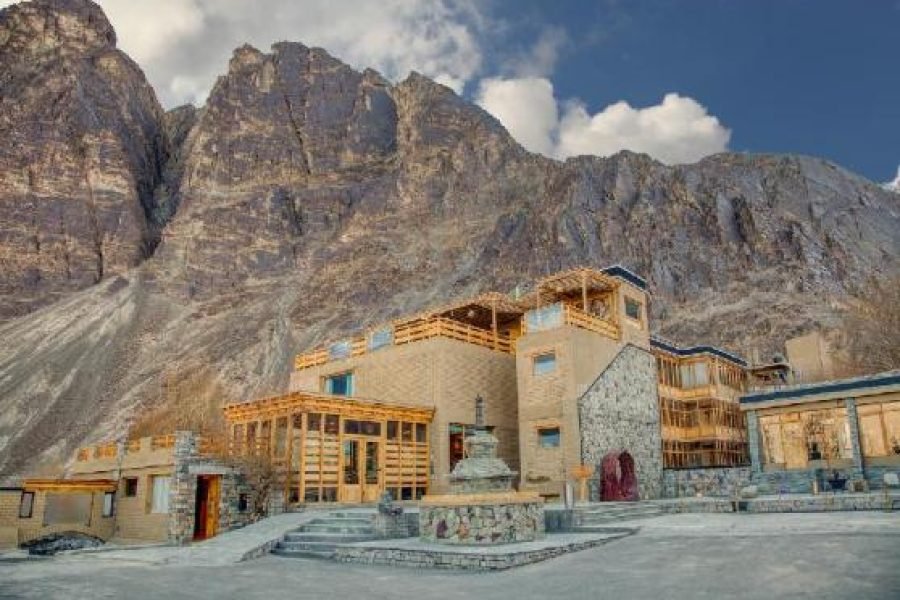

0 Comment